Peak Design Everyday Backpack 20L/30L
$ 260-290/£204-227 | www.peakdesign.com | Buy Now
I can’t imagine that there has ever been a time when photographers had more camera bag options than we do today. There are more manufacturers, styles and price points than one can count. From generic knockoffs to designer leather, there is a bag out there to carry your camera, lenses and accessories.
But what if you want to carry your camera and some other stuff you need through the day? Maybe you’re a traveler and you want to have a water bottle, a raincoat and some ibuprofen as you hike through Paris? Or what if you are a student who needs a computer, a few books and lunch for a day at school? Or what if you just want to carry your everyday things with you as well as your camera? Well, then your options are a little more limited.
Maybe you’re a traveler and you want to have a water bottle, a raincoat and some ibuprofen as you hike through Paris?
Pulling out dividers in a photo backpack to fit in books, wrapping the camera in a towel and stuffing it in a daypack, or strapping a small camera bag to your hiking pack are all DIY solutions that folks have tried and found unsatisfying. The few options on the market tended to be bulky, difficult to access and frequently under-delivered as far as understanding what non-photo gear someone would want to carry.
In 2015, Peak Design launched its Everyday Messenger on Kickstarter with the goal of creating a bag that would both carry camera gear and the everyday stuff that someone might need for a day of work, school, travel or just living life. Proving that there was a real need for a bag like this, the company hit its funding goal in a single day and would eventually be funded to the tune of $ 4.8 million from over 17,000 backers.
This led Peak Design to start a second Kickstarter in 2016 to fund a backpack design (along with a tote and sling) for those of us who understand that two straps carry weight better than one. Once again, the new designs were funded successfully and the Everyday Backpack in 20L and 30L sizes was released to the public.
Specifications
20L
- 46 H x 30 W x 17 D cm (18” H x 12” W x 6.75” D)
- 1350g (2.9 lbs.)
- Holds up to a 15” laptop
30L
- 51 H x 33 W x 20 D cm (20” H x 13” W x 7.75” D)
- 1542g (3.4 lbs.)
- Holds up to a 16” laptop
The ultralight waxed Kodra synthetic canvas is DWR coated for weatherproofness and comes in a Charcoal gray with red stitching accents or a lighter Ash gray with blue stitching accents and tan leather touchpoints (handles, zipper pulls, etc).
In Use
Many times manufacturers make claims about the design of their products that feel overstated when you are actually using them. I have to say that, for the most part, the design of the Everyday Backpack works just as it was intended to. I took the 20L on a trip to Europe recently and beat the heck out of it – crammed it under airplane seats, stuffed it with groceries, soaked it in epic rainstorms. All the while, I was accessing my gear hundreds of times to take photos at every opportunity. I came away pretty impressed.
 |
| Photo courtesy Peak Design |
Unlike a majority of camera bags on the market, the Everyday Backpack doesn’t use a system of individual padded dividers to create compartments for your gear. Instead, it uses what Peak Design calls ‘FlexFold’ dividers. This is a system of full-width internal shelves that can be positioned in the bag. The shelves have the ability to fold out of the way to create larger spaces, they also have the ability to fold up and create subdivided spaces. The design is a little difficult to explain in words or photos and your best bet may to just watch this video.
I was surprised at how well these worked generally. I was able to shift from a mirrorless layout to an overnight bag for an unexpected trip and then back again in moments. There are limits, and if you have specific needs you’ll be re-velcroing the shelves as well as folding/unfolding them, but it’s really a clever design overall.
The three main drawbacks I noticed were that the folding subsections could ‘unfold’ if something heavy (such as a lens) was in an adjacent subsection. In addition, since the shelves and subsections are not ‘sealed’ in the way that a padded-divider backpack is, small items like lens caps tend to wander around the bag easily. Finally, this design is not one that will allow you to use every inch of the bag for gear in the way a traditional camera backpack would. The idea is to have your camera get in one part of the bag and other everyday items in another.
The Everyday Backpack has four access points. The top section uses a flap cover that is secured with Peak’s excellent MagLatch closure that allows easy blind one-handed operation. The MagLatch has multiple attachment points allowing the upper section to expand to carry bulky loads or tighten up to make the pack as small as possible.
Then there is a top access computer/tablet/flat-stuff section that sits against your back. The other two access points, the ones you will use most often to access your camera, are dual full-length zipper openings on either side of the bag. The idea is that you slip one shoulder strap off and swing the bag around in front of you horizontally to access your gear.
 |
| A very full 30L Everyday Backpack |
Overall, access is very well done. I was impressed how the fullness of any one area of the bag doesn’t affect accessing of any other area. The top section can be stuffed with lunch and extra layers of clothing and you can still use the side access to grab your camera or change lenses. This is one of the most crucial aspects in making a successful ‘everyday’ design and it is where many bags fail. One thing to note, however, is that the drawback to this design is that one cannot lay the bag on the ground and flip it open to access every piece of equipment at once. If that is how you tend to work out of your backpacks, the Everyday Backpack may not be for you.
 |
There are a lot of neat design aspects to the Everyday Backpack and it would make a long article much longer to list them all. So in no particular order, here are a few of my favorites. The weatherproof fabric and zippers held up to some truly torrential rainstorms. Built in external lashing straps allow for a surprising amount of useful external carry. I strapped everything from groceries to a jacket to sandy shoes to the outside of the pack. The external side pockets both hide the waistbelt and external lash straps and can hold a water bottle or tripod.
There are a ton of small pockets in the bag for batteries, pens, cords, passports and whatnot. This not only gives you a place for all the little things, but it keeps them from bouncing around the bag or getting crammed together in the bottom. Every strap and handle is done in ‘seatbelt’ material that is soft and strong.
Finally, and particularly important for some folks, there is little about this pack that looks like a camera bag. You may look like a tourist or a student with your daypack on, but nobody is going to peg you as walking around with thousands of dollars in camera gear on your back. At least not until you stop to take their picture.
What didn’t I like? As with any bag, even really good ones, I had a few nitpicks, but I stress that they were all pretty minor. The most significant one was that I thought the shoulder straps could have been better padded. While they are ergonomically curved and have a clever axial rotating attachment system, users may not be impressed if they are used to technical outdoor style pack straps.
While there is a waist belt, it isn’t padded and exists more for stability than for taking weight off of your shoulders.
That said, the straps weren’t uncomfortable, even on long days (and did seem to ‘break in’ after some use). I just feel like a bit more function instead of form could have served better in this area, especially for heavy loads and the 30L size. Likewise, while there is a waist belt, it isn’t padded and exists more for stability than for taking weight off of your shoulders. Good to have, but doesn’t carry much load.
Due to being somewhat narrow, a good thing when moving through crowds, and having a slightly rounded design, the Everyday Backpack doesn’t stand up on its bottom or side particularly well. This isn’t a serious fault, but it is worth remembering that it is likely to flop over when you set it down and that you shouldn’t leave any of the access points open lest things roll out (good advice for any bag, really).
The external side pockets are really useful for both water bottles and things like tripods. However, unless you have long arms, it may be difficult to reach that water bottle while the pack is on. It’s possible, but you end up feeling like a contortionist. Beyond that, anytime you have something in those side pockets, it becomes a lot more difficult to use the side access openings.
I’m a big believer in the idea that how we carry our gear is as important as the gear itself.
Finally, at $ 260, this is an expensive bag. While the market has expanded enough that there is nothing particularly unusual about a $ 260 bag these days, it can still be a difficult decision when a bag costs as much as a nice used prime lens. That said, I’m a big believer in the idea that how we carry our gear is as important as the gear itself. If you don’t enjoy using your bag, you won’t bring your camera. For me, this bag is worth the money.
20L vs 30L
The design of the 20L and the 30L backpacks are virtually identical. The 30L is just a bit, you know, bigger. How much bigger? Well, you can see the numbers published above, and you probably know that 30L is 50% larger by volume than 20L. But in the real world, I think I would put it like this…
The 20L is best for:
- Mirrorless kits
- Small DSLRs with compact zooms or primes
- Squishing into a subway car or through a crowded bar
- Being a daypack for traveling
- Airplane travel as your “personal item”
- Smaller framed people
The 30L is best for:
- Pro DSLR kits
- Fast zooms
- Camera + a bunch of other stuff
- School bag for textbooks
- Being an overnight bag
- Airplane travel as your only carry on
- Bigger/taller people
These aren’t hard and fast rules, you can configure these bags in a lot of different ways to carry a lot of different things. But if someone was asking me which bag to get to use as an airline ‘personal item’, I’d have to say the 20L as it is right at (or very slightly over) the size limit for many airlines. If someone was telling me they just HAD to have their full-frame F2.8 zooms with them all day long, I’d point them to the 30L. The 30L is bigger on the back and makes squeezing through crowds tougher than the 20L. But if you thought you were going to grab a few groceries on the way home, you’d probably be happy that you had the 30L.
 |
To be honest, if I had to recommend one, I would suggest the 20L. I believe that the smaller less conspicuous size fits more into the intended ‘everyday’ design. At 5’5 I’m shorter than average for a guy, and when I’ve got the 30L on there is no mistaking that I’m wearing a backpack. It’s not like the 20L disappears when I have it on, but it is less bulky and obvious and I find it easier to move through life because of its smaller volume.
You can, and perhaps should, chalk my 20L suggestion up to my body type, but it’s an opinion I have seen echoed by other photographers as well. If you can, try to see both packs side by side before you buy. If that’s not possible, there are some good YouTube videos that compare the two sizes.
What’s the bottom line?
It is hard not to come to the conclusion that the Peak Design Everyday Backpack is the best ‘carry a camera and some other stuff’ pack I have ever used. The flexible storage space, ease of access, non-photo storage options, tough construction and overall form factor come together in a package that is completely usable. It is a solid feeling bag that does what it is designed to do.
Now, nothing on this earth is perfect and the Everyday Backpack is no different. But aside from wishing that the straps were designed differently and acknowledging that the price-point is going to be off-putting for some, most of the rest of my complaints are minor at best. I would happily use this pack across town for the day or across the world for a month. If you are looking for a backpack that you can carry your camera gear along with the rest of your daily life I’m not sure how you would find anything better than the Everyday Backpack.
What we liked:
- Clever divider system
- Easy to access some of the things without accessing all of the things
- Having one area stuffed full doesn’t affect access to other areas.
- Well thought out organizational system
- External lash options allow more carry options
What we didn’t like:
- Expensive
- Shoulder straps are not the most padded
- Heavy items can cause subdividers to unfold if nothing under them when pack is slung around sideways
- May not stand up on its bottom. May not stand up on side.
- Small things can slip through the dividers easily and move around the pack
Articles: Digital Photography Review (dpreview.com)
























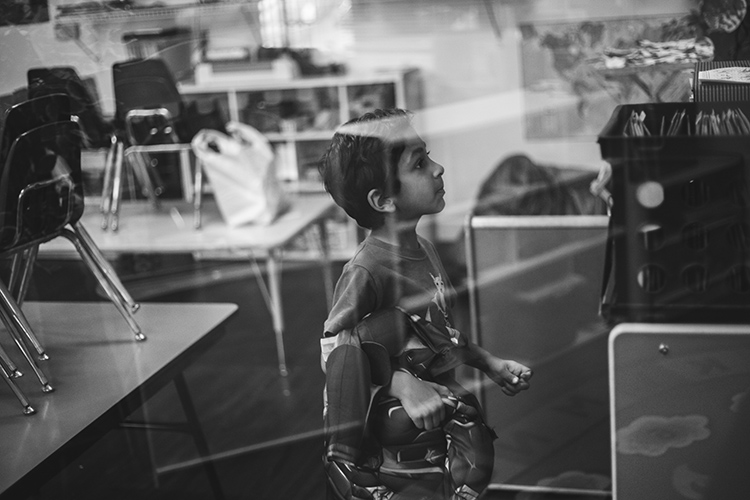
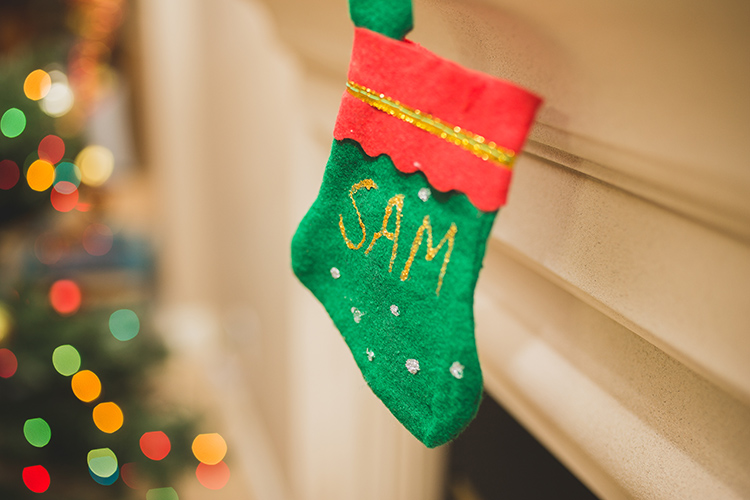


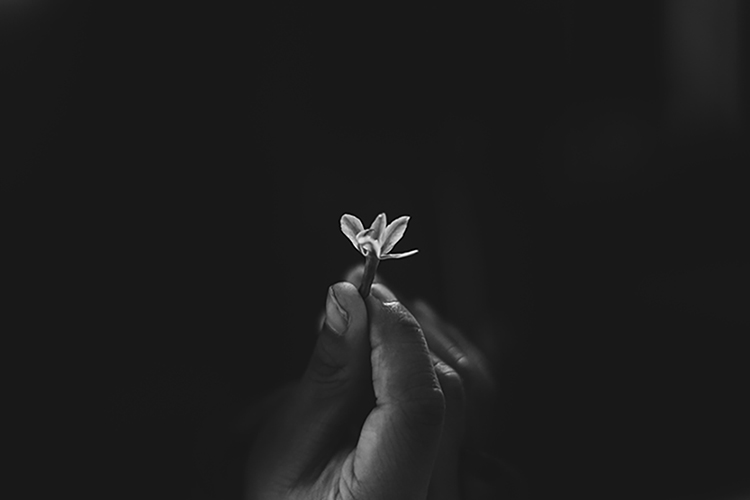
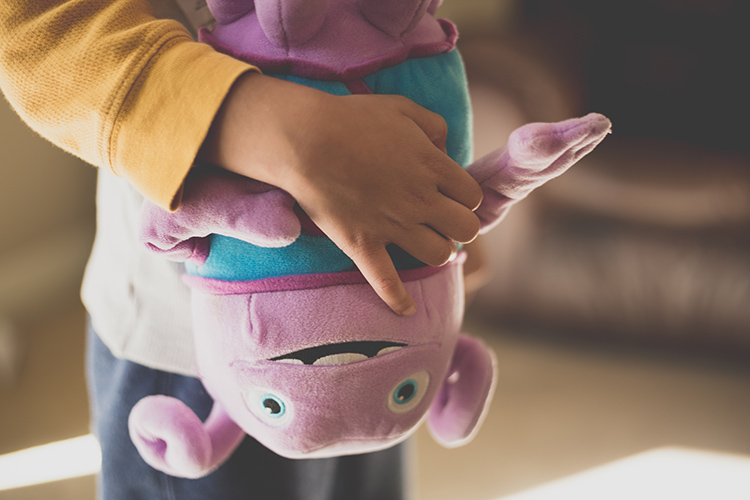
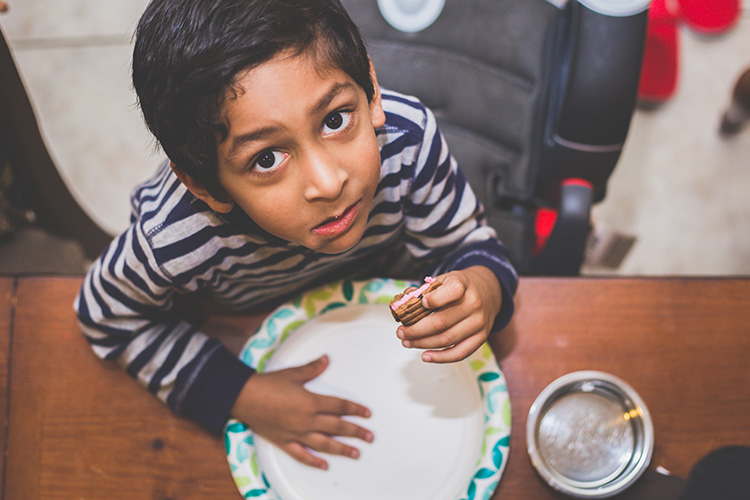

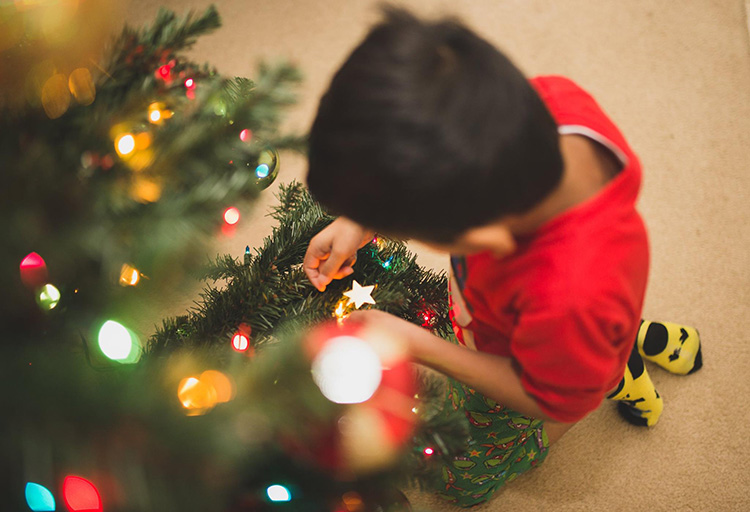
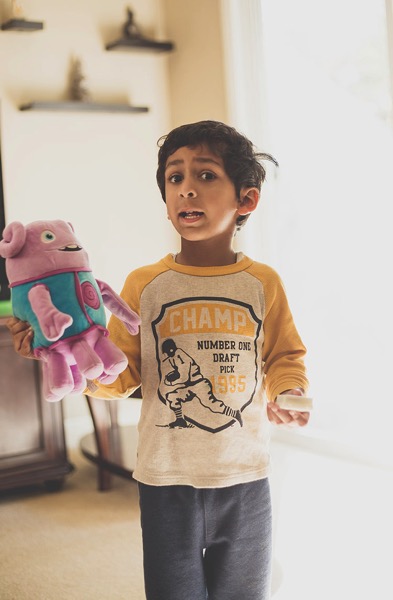
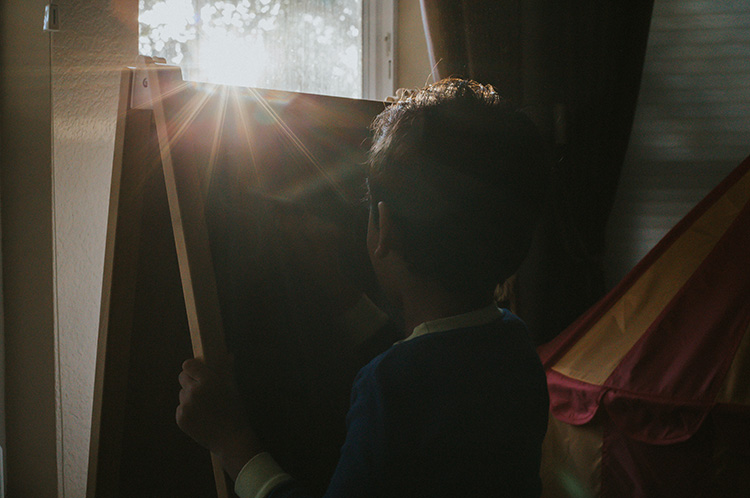
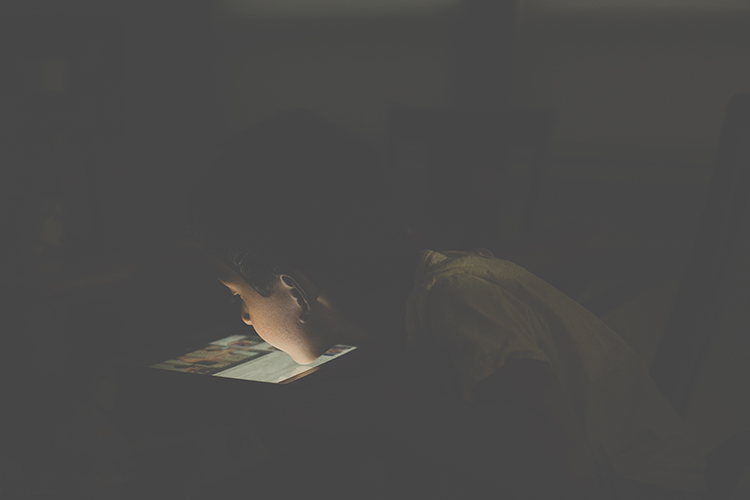
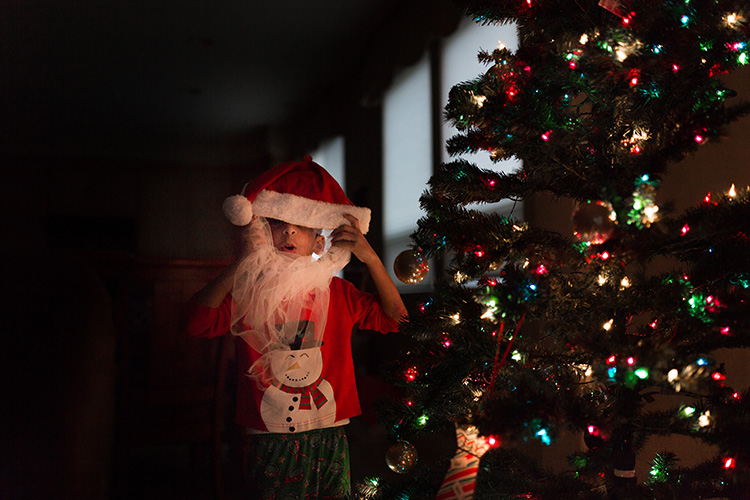
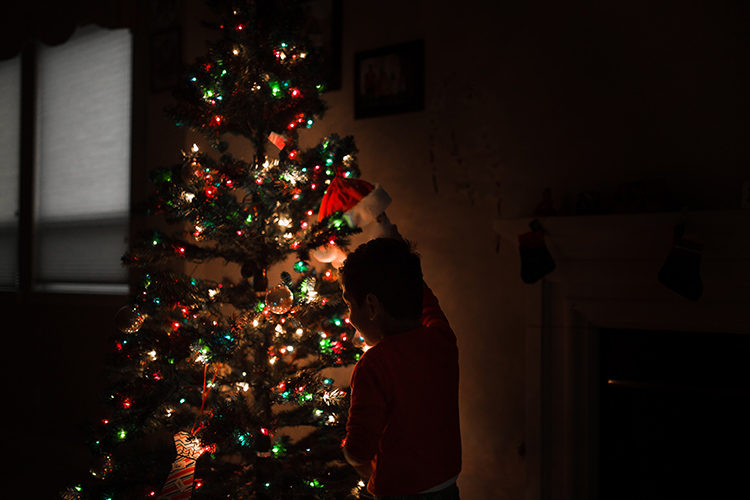
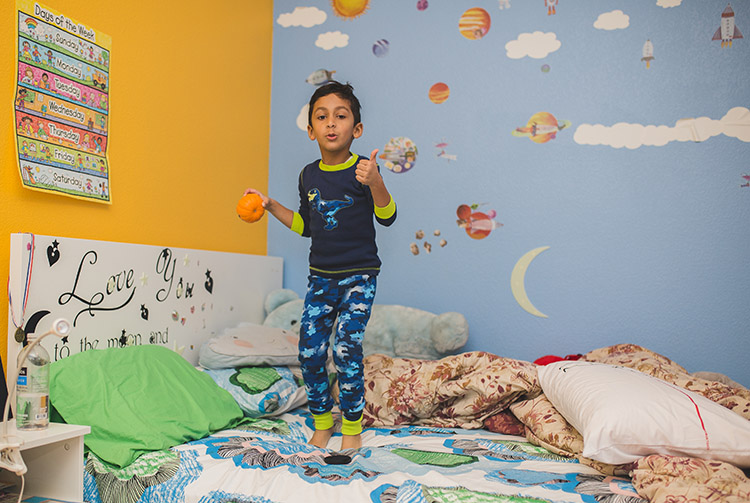
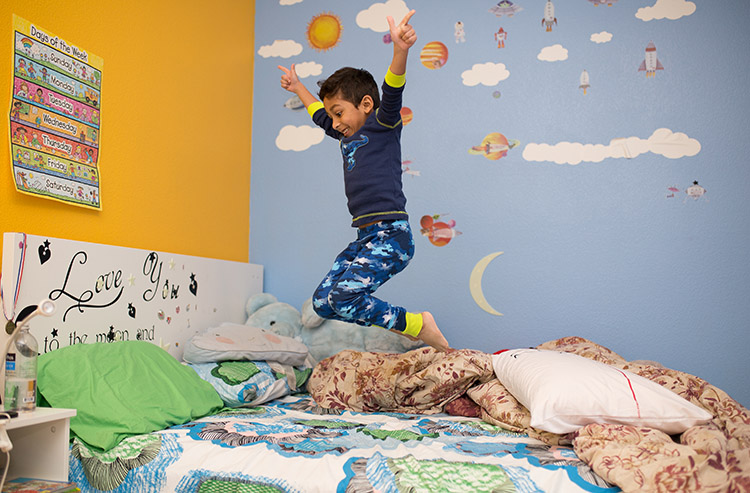
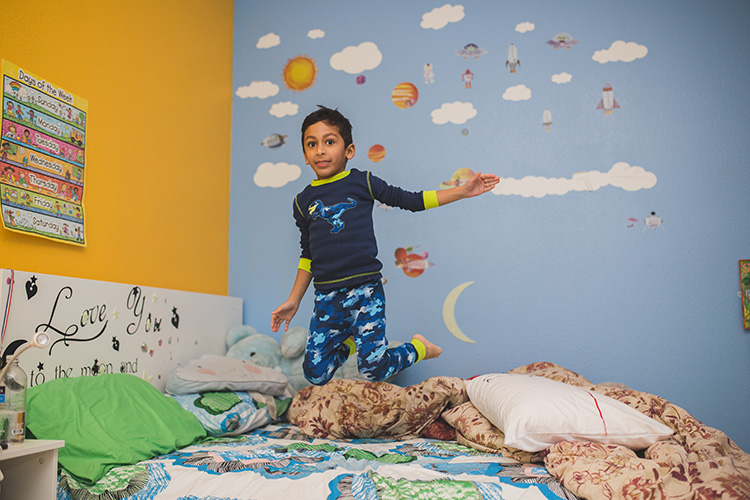
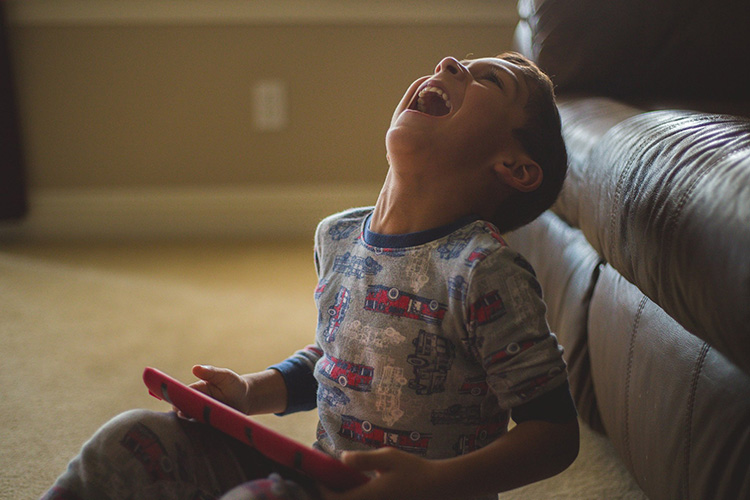
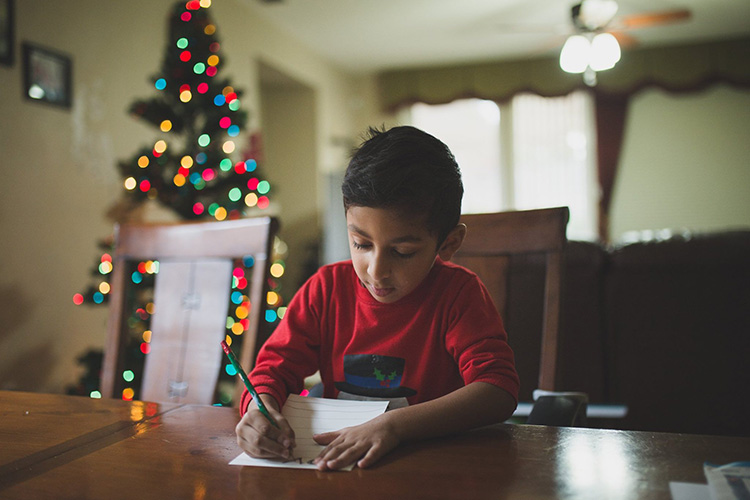
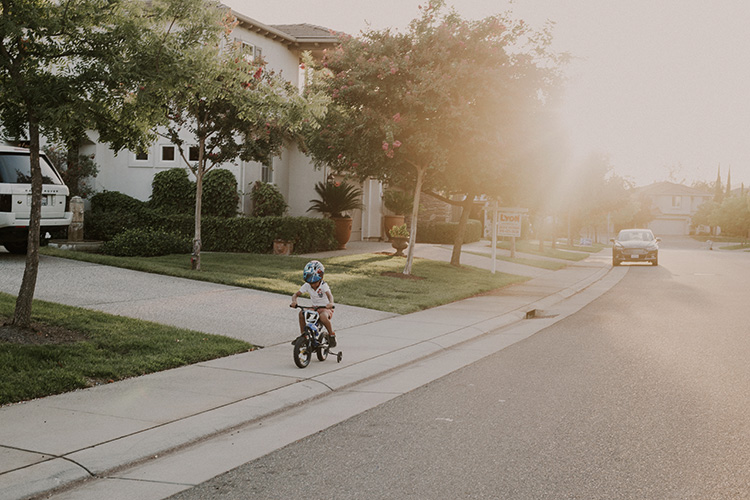
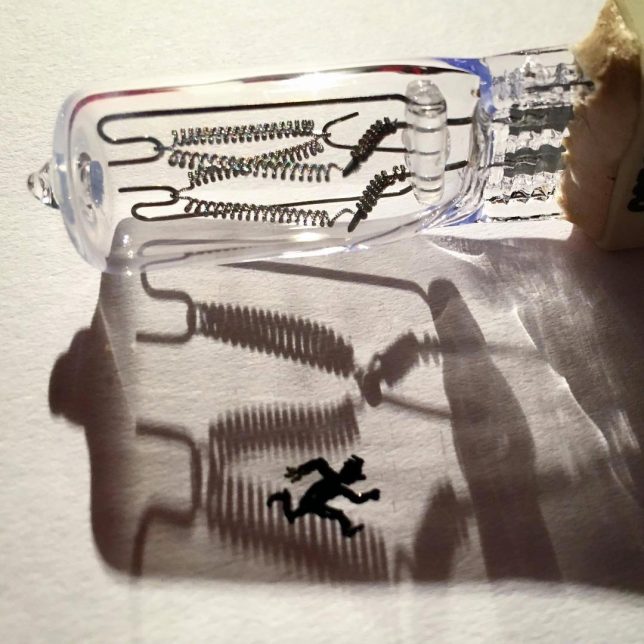
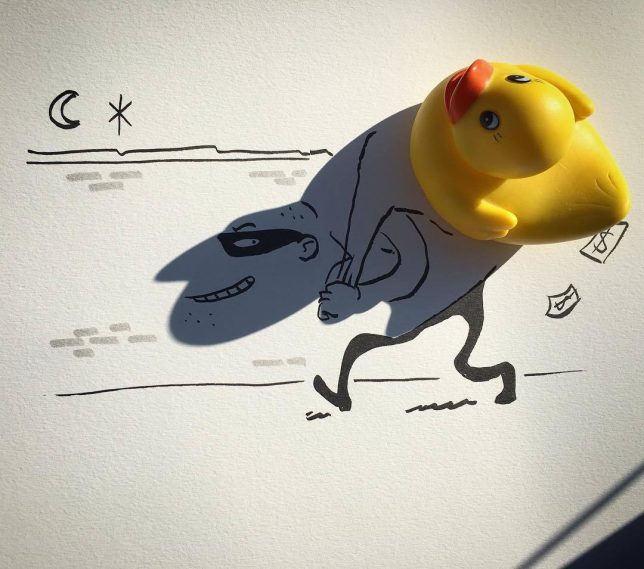
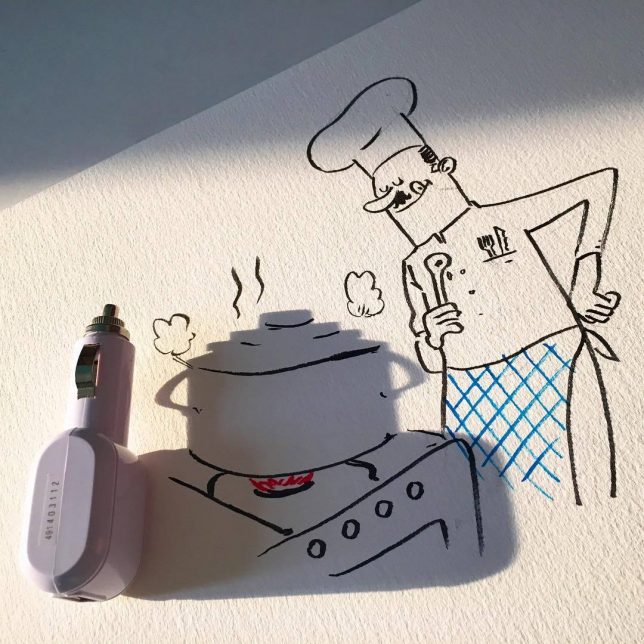
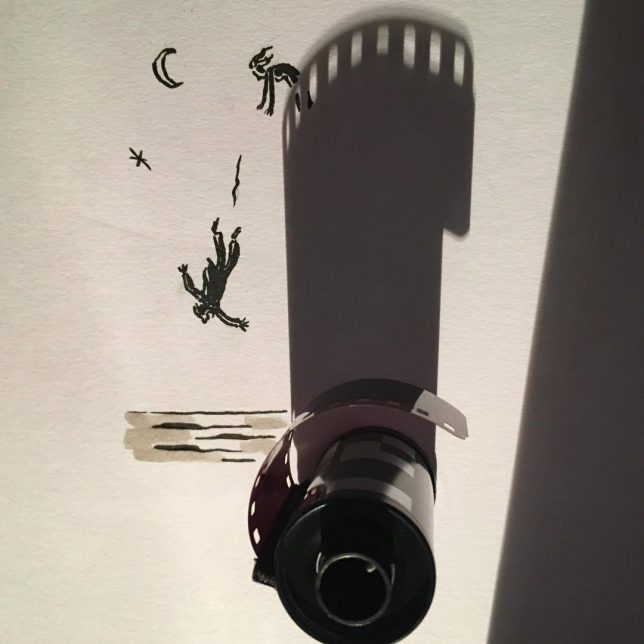
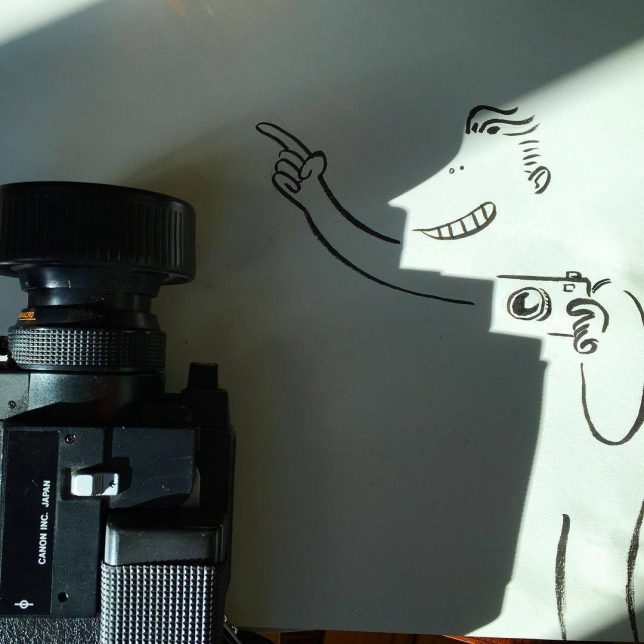
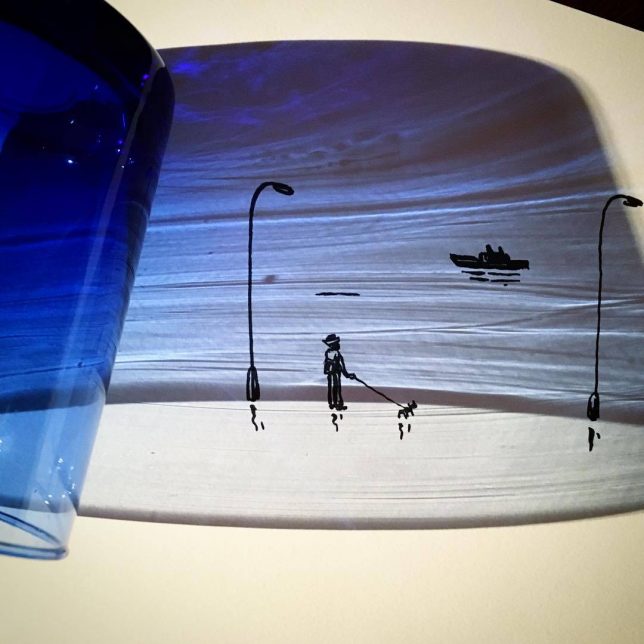
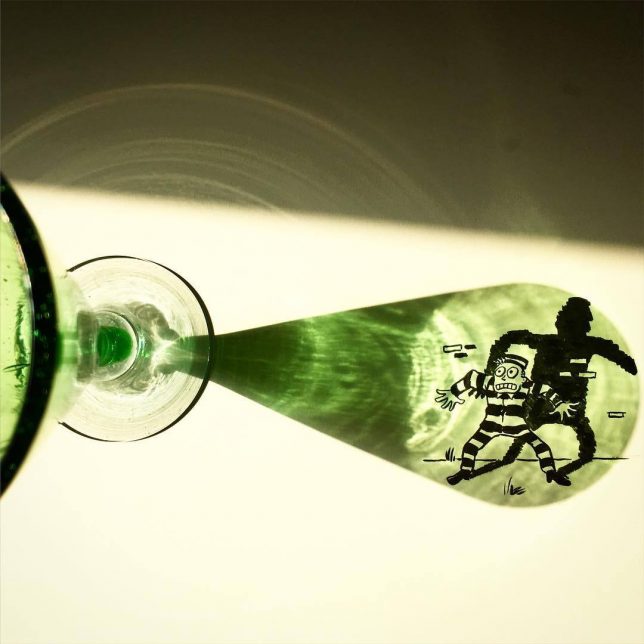
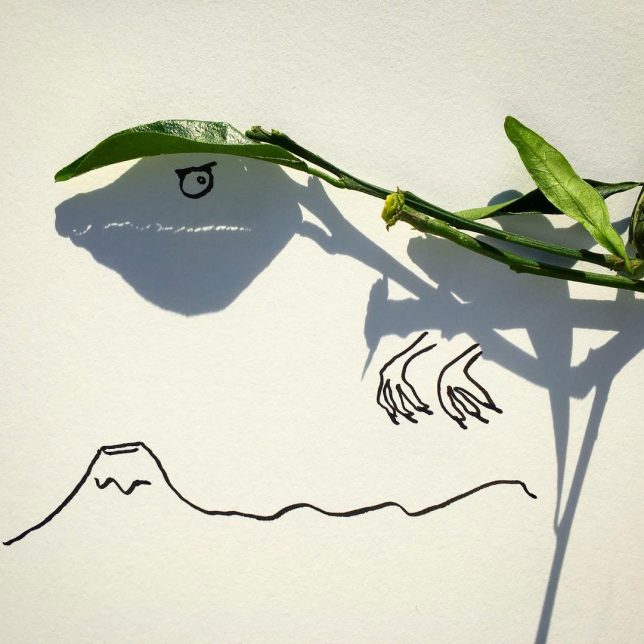
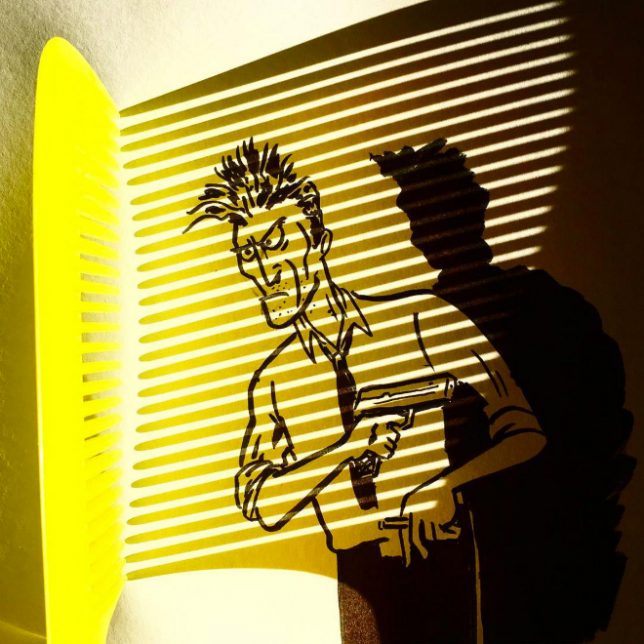
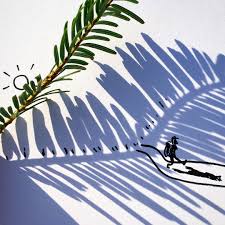
You must be logged in to post a comment.